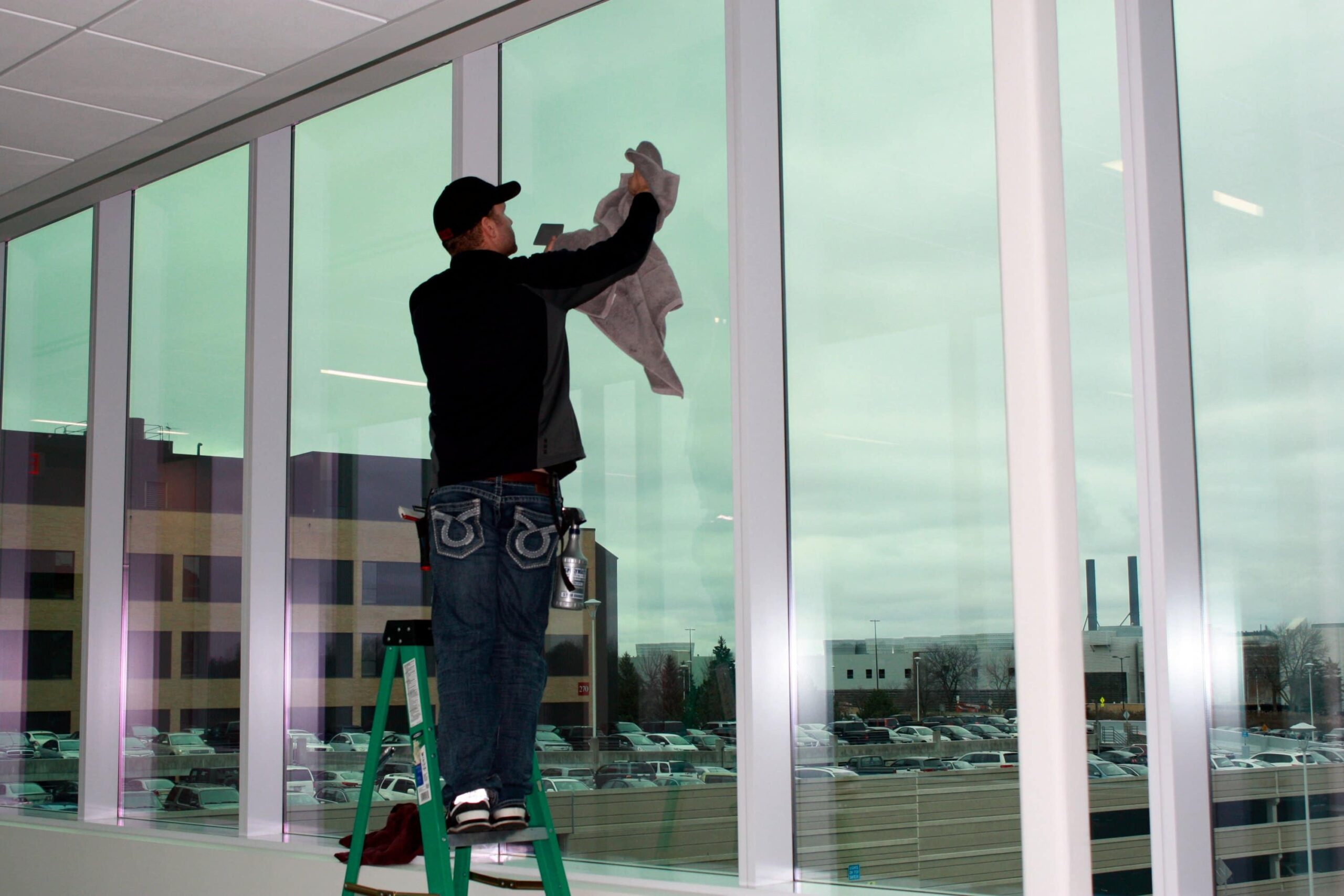
Tenant turnover is inevitable. However, when a tenant notifies you of their intent to vacate, perhaps this could be viewed as an opportunity — an opportunity to improve the quality of your space, directly based upon input from someone who has experienced it firsthand. If a tenant decides to leave, consider conducting an exit interview to understand exactly what the tenant liked or didn’t like about your property and other beneficial information in regards to your space.
Table of Contents
Why Conduct Exit Interviews?
Exit interviews are beneficial because they provide property managers with valuable insight into problems they may not otherwise discover. In fact, it’s likely that if one tenant is experiencing the issue, it may be a concern for other tenants as well. It is important to address these issues promptly in order to maximize future occupants’ satisfaction, while also reducing tenant turnover. While a property manager doesn’t want to see a tenant leave, it’s the perfect opportunity to ask questions that can transform the negative aspects of a property into its strongest points based on direct feedback.
What Should You Include in Your Exit Interviews?
When it comes to exit interviews, the information you receive is only as good as the questions you ask. With that being said, it’s important to put yourself in the tenants’ shoes, while also utilizing your perspective as a property manager. Consider including these questions in the interview:
What is your primary reason for leaving? Are there other reasons that impacted this decision?
This question helps property managers gain a greater understanding as to why the tenant has chosen to leave their property. It gives you the main focal point to address when determining an actionable step forward in the future so that this issue doesn’t arise among future tenants.
What do you like most about this space, and what do you like least?
It’s important to also discover what it is that the tenant enjoyed about the space. After all, something led them to rent the space initially. This can allow you to maximize the strengths of the property, address weaknesses, and draw from these insights to inform future marketing efforts.
Is the cost of renting the space fair?
One of the main reasons tenants may leave a space is the cost. It’s helpful to be candid with a departing tenant and discover whether or not the costs associated with renting the space, such as heating, cooling, and lighting expenses, impacted their decision to leave.
Was safety ever an issue?
Another common issue among unsatisfied tenants is safety. It’s fair to say that a tenant would not want to pay for a space in which they’re concerned for the safety of their belongings and employees. If this is the case, a quick and effective solution is paramount.
If going somewhere new, what is it you like about the new space?
If the tenant is moving to another location in the same general area, it could be beneficial to ask what it is they like about this new space. They will likely comment on the new space’s aesthetic, which can provide you with a snapshot of your competition from the perspective of a tenant. This insight can offer you a better understanding of where to allocate your property’s budget for renovating and redecorating.
These questions are simply a starting point, but they can certainly be beneficial in gathering specific information regarding the satisfaction and dissatisfaction of tenants in the past, present, and future. Keep in mind, the insights gathered in interviews is valuable, but if there aren’t actionable steps to remedy the issues you’ve uncovered, the information may go to waste, leading to more unsatisfied tenants. With that being said, using the information from the exit interview requires a quick, actionable fix before you begin marketing the property to prospective renters. Depending on the problem, window film products and architectural finishes may be ideal solutions.
How 3M Products Can Help Property Managers Retain and Attract Tenants
After an exit interview is completed and responses are gathered, steps must be taken to ensure that the factors that caused dissatisfaction in one tenant do not continue to impact others. Whether the reason for leaving was high energy bills, an unsafe area, or an outdated interior of the space, 3M window film and architectural finishes can address those issues in a prompt, cost-effective fashion.

3M Insulating Window Film can be used to maintain comfortable temperatures in a space year-round, resulting in lower energy bills and higher workplace productivity. With 3M Safety and Security Window Film, windows receive an extra layer of protection, as the film holds broken fragments of glass together in the event of a break-in or other cause of damage. This helps to keep both people and property safe from harm. Lastly, 3M Architectural Finishes are an efficient and cost-effective alternative to revamp your space, without the hassle and expense of remodeling. Available in a variety of finishes designed to resemble more expensive materials, 3M Architectural Finishes can be applied to quickly refresh worn or dated surfaces, including ceilings, furniture, elevators, partitions, walls, and doors.
No matter the issue, when a quick turnaround is required, 3M window films and architectural finishes can get the job done. There is no time to waste after the discovery of beneficial information that can lead to the improvement of both the property and the happiness of your tenants. Fortunately, window films and architectural finishes can ensure property managers don’t miss a beat in filling a vacancy.

Energy Products Distribution is a Master Distributor of 3M Window Films, 3M Paint Protection Films, 3M Wrap Film Series 2080, 3M Protection Wrap Films, 3M Architectural Finishes, 3M Ceramic Coatings, and Windshield Skin. We sell our products to professional installers throughout the US who provide turnkey installations (labor and material) to end-users in the automotive, commercial, government, and residential markets. Contact us to learn more about the benefits of these products.









